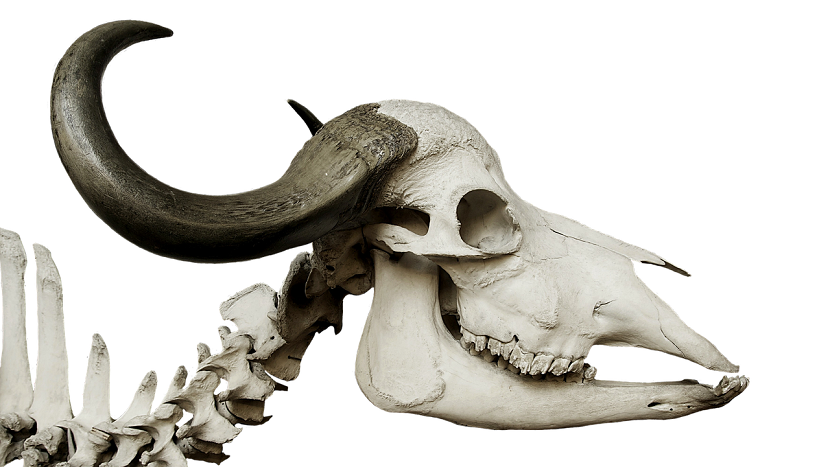
Image for representation purpose only
Paris: For the first time, a definite example of cranial surgery has been found in a cow from Stone age that suggests that animal trials were held before graduating to humans, a study said.
The near complete cow's skull was discovered at a Neolithic site dating back to 3,400 to 3,000 B.C., a CNN report said. The study was published in the journal Scientific Reports.
It was found at the Stone Age site of Champ-Durand in France, 25 miles from the Atlantic coast.
The settlement, once a key trade centre, specialised in salt production and rearing cattle. Archaeological excavations between 1975 and 1985, found bones of cows, pigs, sheep and goats.
Cows though popular finds in Neolithic sites, had never been found with complete craniums, the CNN report said. They were raised as food, and their skulls were broken to retrieve the tongue and brain, the study said.
A 1999 study on the skull pointed at it being gored by another cow. However, Fernando Ramirez Rozzi, a paleontologist with the Centre National de la Recherche Scientifique, who studied the skull, said otherwise.
No sign of healing around the bone tissue meant either it did not survive the trepanation process or died shortly after. The other possibility is that it was dead when the hole was formed.
The bone had been scraped intensively -- with the intent to form a hole in the cranium, meaning it was not accidental.
Humans have been performing cranial surgery for a long time. The oldest example of trepanation, dates back to 7,300 B.C.in an Azerbaijan village.
That means cranial surgery was happening as long ago as the Mesolithic period.
Earlier a wild boar skull found in Roquefort, France, possibly from the Neolithic period, showed signs of surgery, but the skull was never dated.
If this was a surgical intervention to help and save the life of the cow, it could be considered the oldest evidence of a veterinarian act, Rozzi said.
A likely scenario, he said was that humans practiced surgical experimentation on animals before trying it on each other. "These two possibilities reveal new insights for the Neolithic society," Rozzi added.